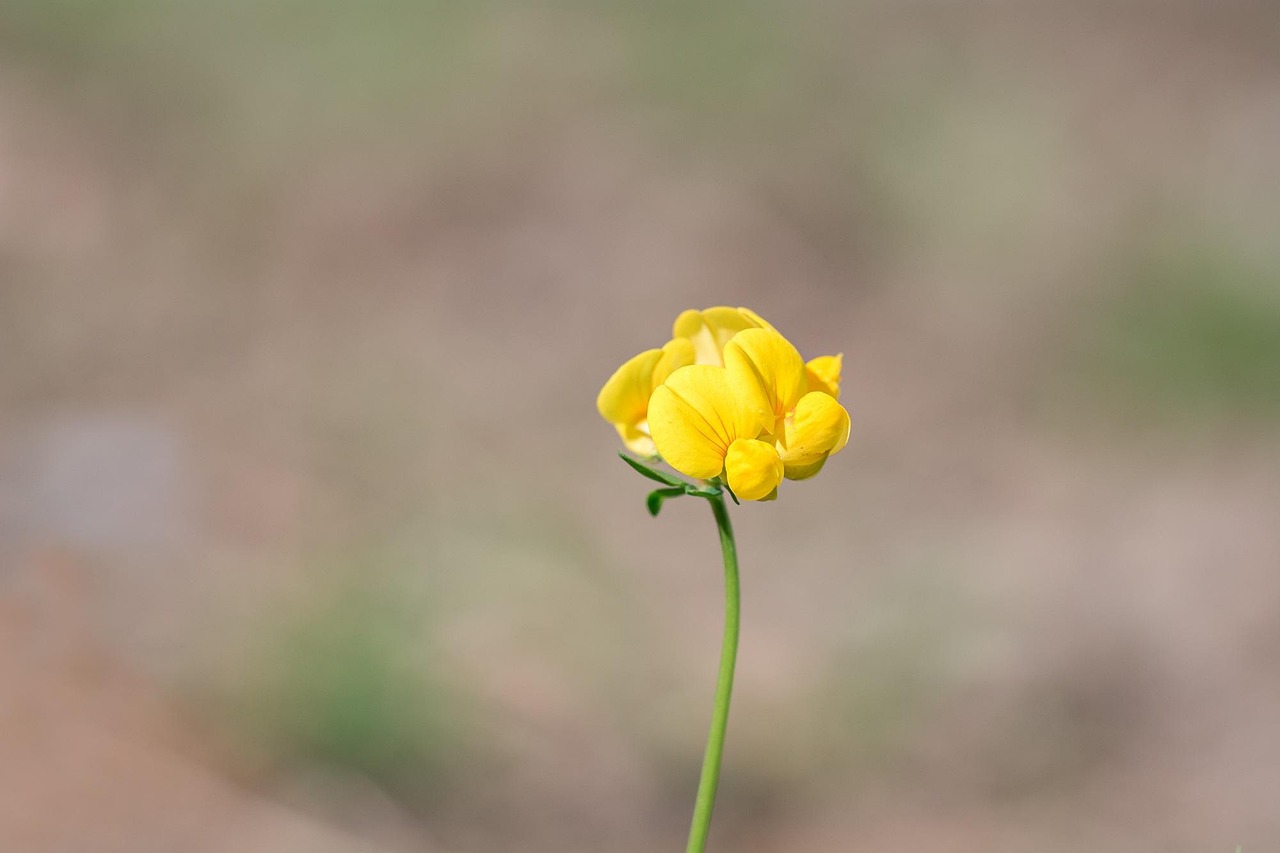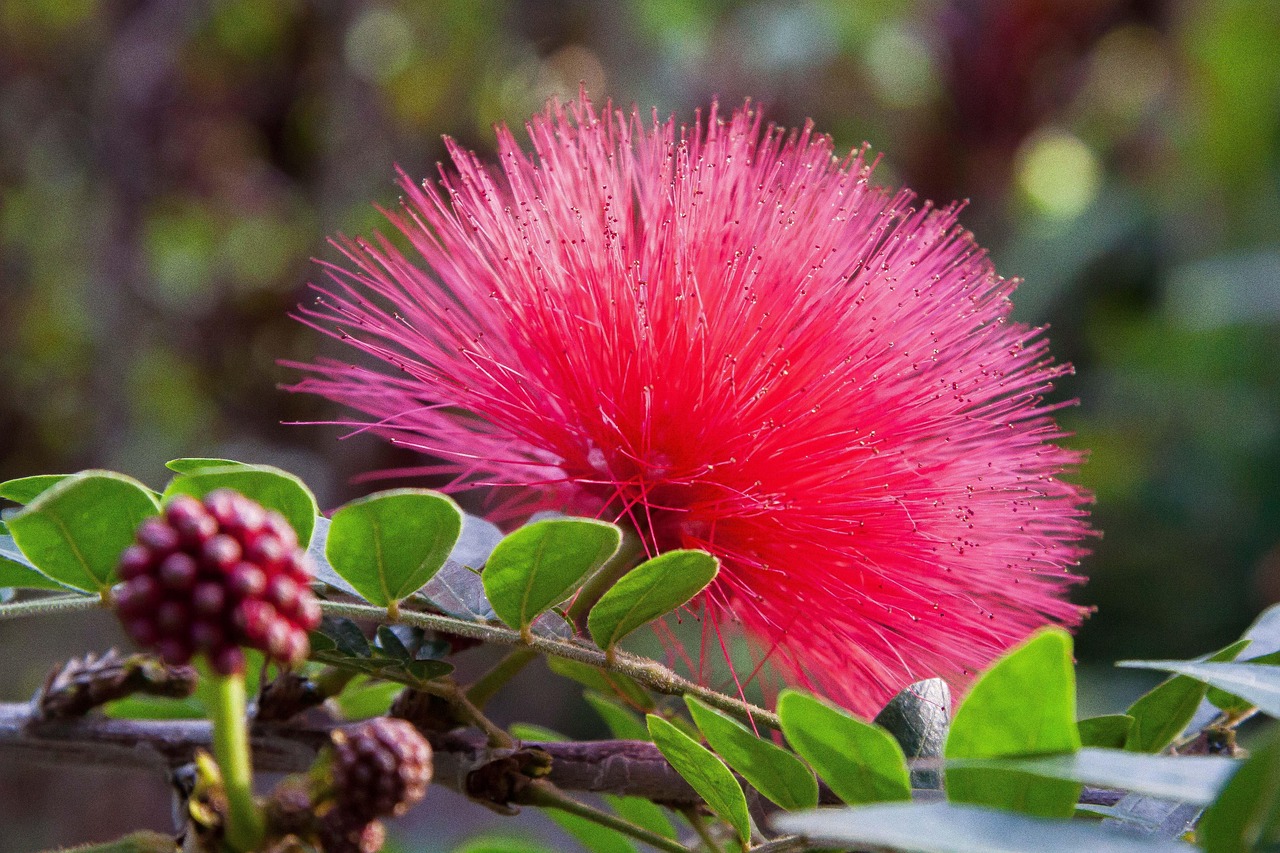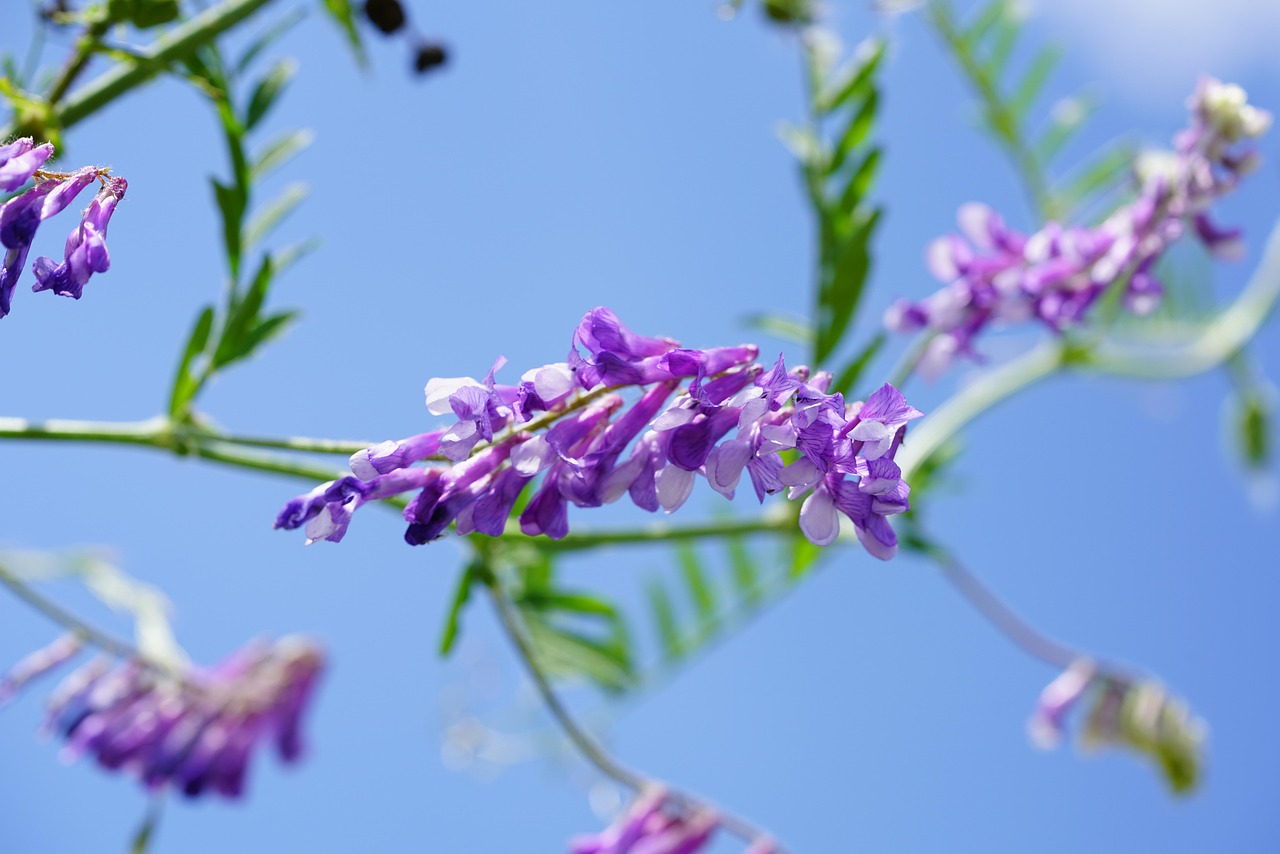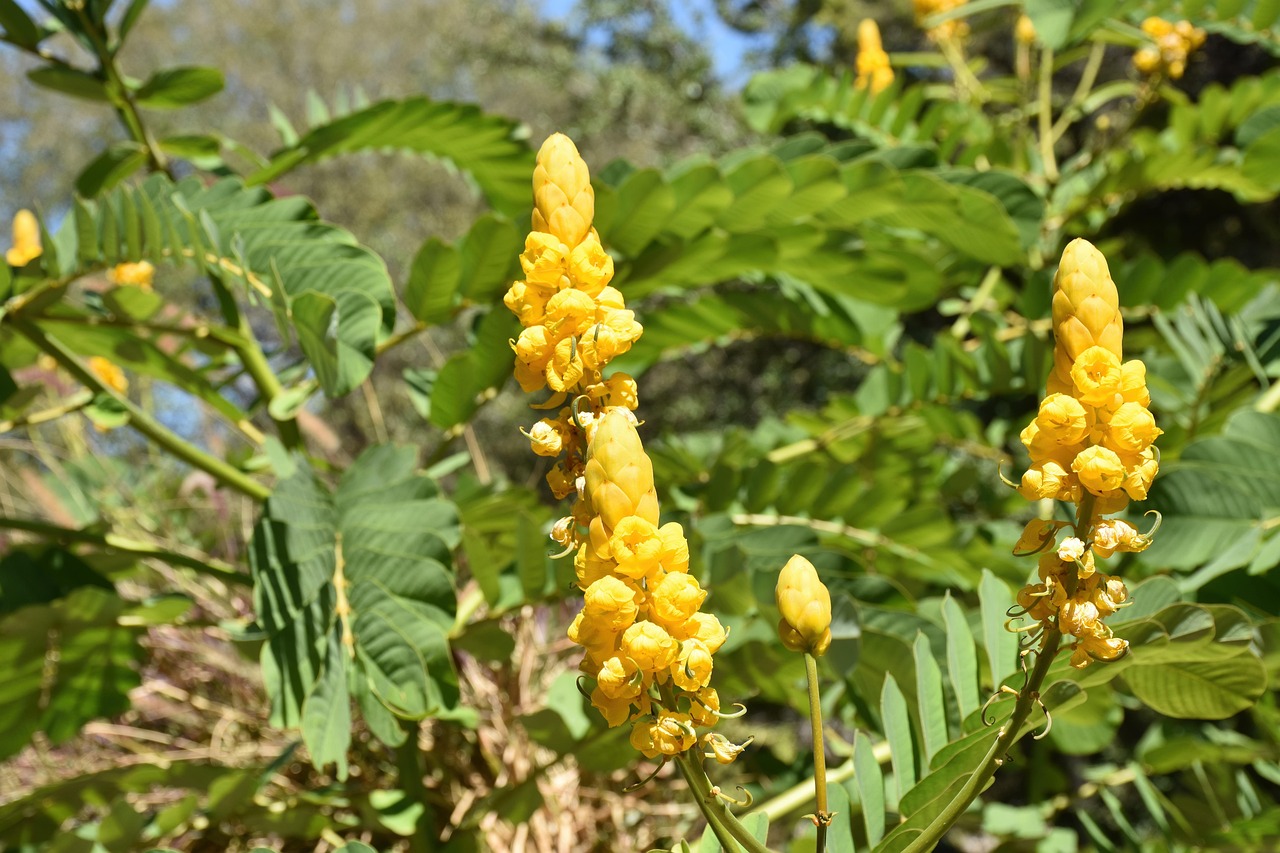Mimosa | The Gentle Yellow Flower that Heralds the Arrival of Spring
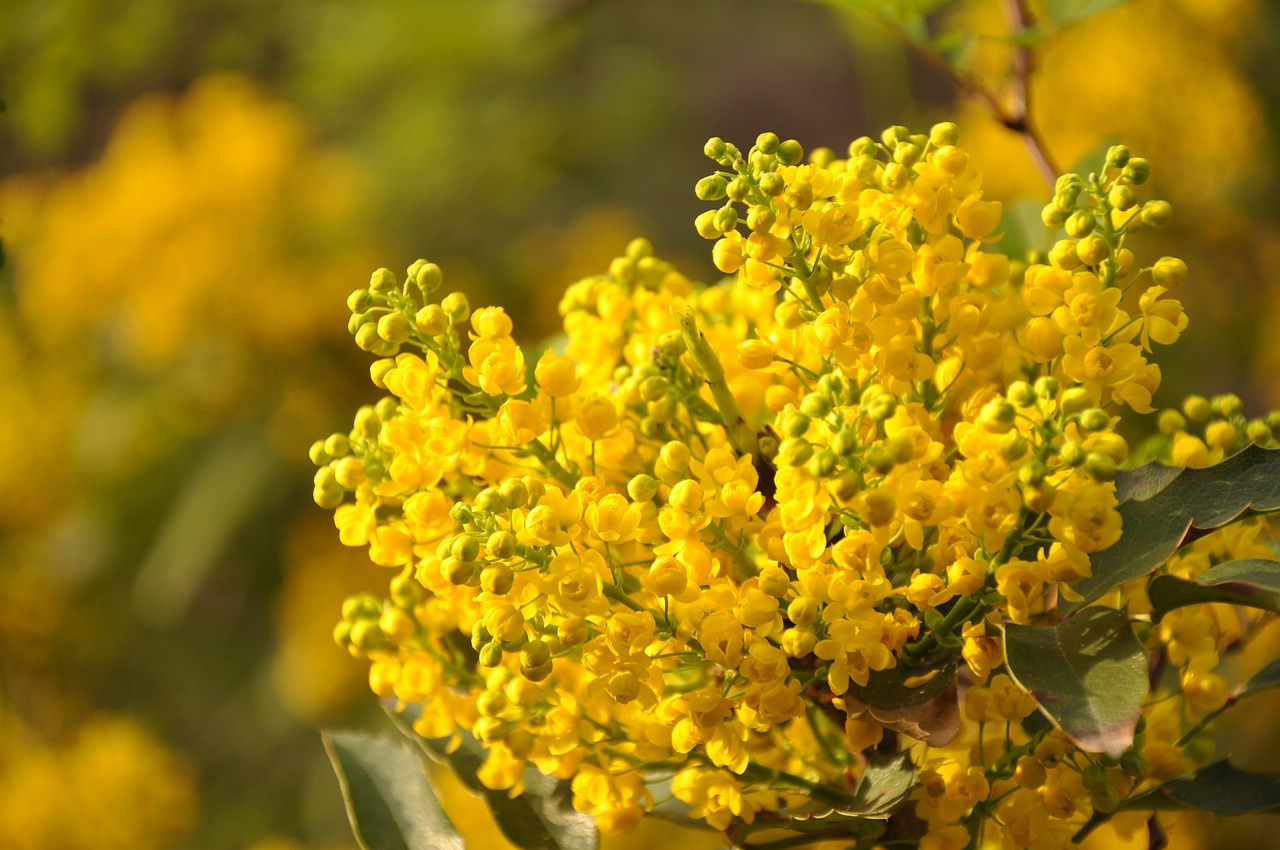
Mimosa is widely known as a symbolic flower that announces the arrival of spring. Its soft, fluffy yellow blossoms give a bright and warm impression, making it beloved by many people.
In France, “Mimosa Day” is celebrated, highlighting its important cultural role.
In this article, I will provide detailed insights into mimosa, from its basic information and historical background to gardening tips.
Basic Information
- Scientific name: Acacia dealbata
- Family: Fabaceae (Legume family)
- Origin: Australia, Tasmania
- Appearance:
Mimosa produces numerous small, spherical yellow flowers with a distinct sweet fragrance. The tree can reach a height of 3–10 meters, and its finely divided, feathery leaves are silvery-green, creating a striking contrast with the flowers. - Blooming season:
Primarily from February to March, mimosa blooms early in the year, bringing a touch of spring even in the lingering cold.
Cultural Significance Around the World
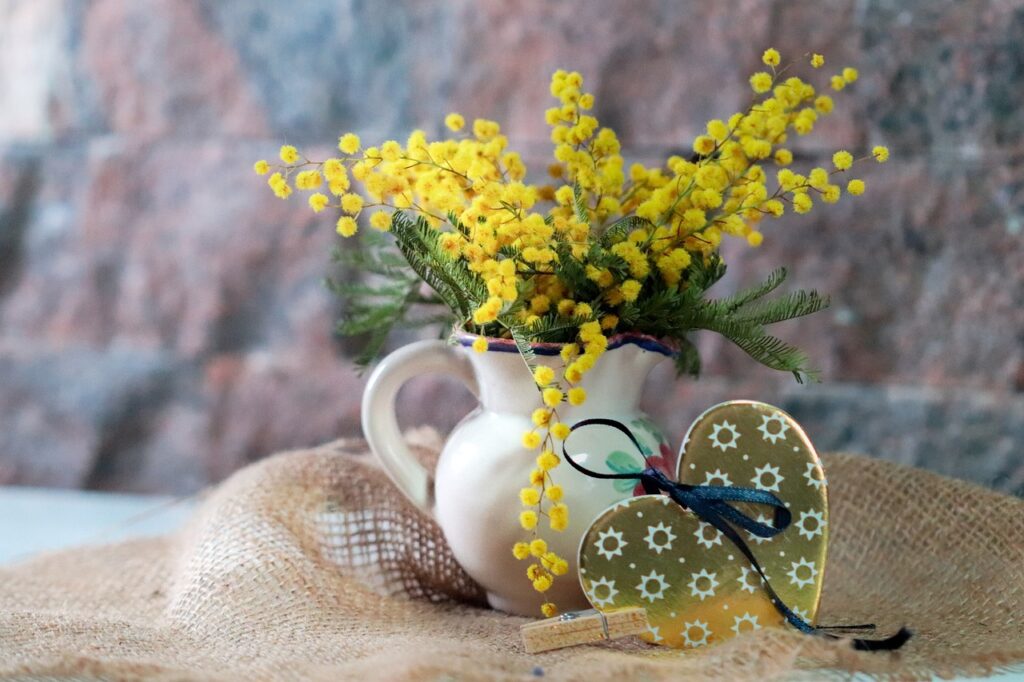
Mimosa holds strong cultural meaning in France and Italy.
In France, it is customary to offer mimosa to women on March 8, International Women’s Day. This day, also referred to as “Mimosa Day,” celebrates women’s rights and equality, with mimosa symbolizing brightness and new beginnings.
In Italy, too, mimosa is cherished as a symbol of spring and is often used to decorate festivals and events.
Across Europe, mimosa carries the meanings of “friendship” and “gratitude”, making it a popular gift flower.
Historical Background
Although native to Australia, mimosa was introduced to Europe in the 19th century. It adapted well to the mild climate of the Mediterranean coast and became widely cultivated in France and Italy.
One key factor in its popularity was the Mimosa Festival held in the French Riviera. Celebrated every February, the festival attracts many visitors and marks the joy of spring’s arrival.
Mimosa’s delicate beauty has also inspired poets, painters, and fashion designers. Many French writers and artists have chosen mimosa as a motif in their works, with its vivid yellow blossoms recognized as an emblem of spring.
Gardening Advice
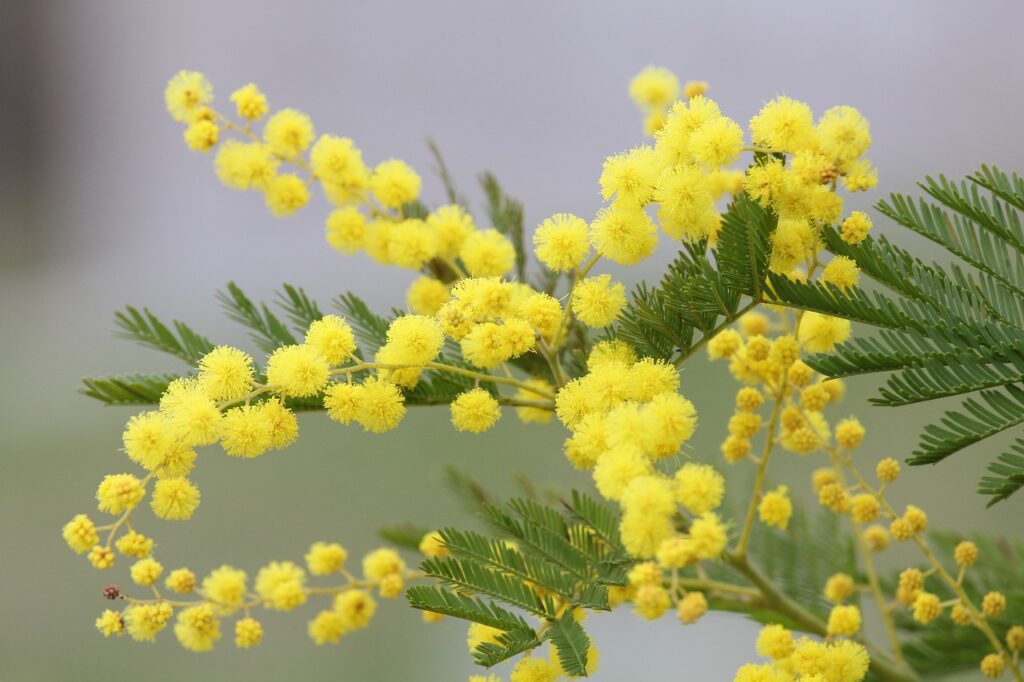
Cultivation Guide
Mimosa is relatively easy to grow but thrives best in sunny, well-ventilated locations. While young plants are sensitive to frost and require protection, mature trees become more resistant to cold.
It prefers well-drained soil, so in pots, it is advisable to use soil with good drainage. Water thoroughly when the soil dries, but reduce watering in winter as mimosa tolerates dryness well.
Growing Conditions
Mimosa adapts well to different soil conditions, though it prefers slightly acidic to neutral soil. Applying phosphorus-rich fertilizer during the growing season improves flowering.
Pruning after blooming helps maintain shape and encourages new growth.
In winter, light protection is recommended, especially in colder regions where wrapping the trunk with straw or nonwoven fabric helps guard against frost.
Conclusion
Mimosa, with its bright yellow blossoms, is cherished as a symbol of spring in many countries. It is relatively easy to cultivate, and with proper care, it rewards you with beautiful flowers each year.
By appreciating its cultural significance in France and Italy, I encourage you to try growing mimosa in your own garden or balcony.

